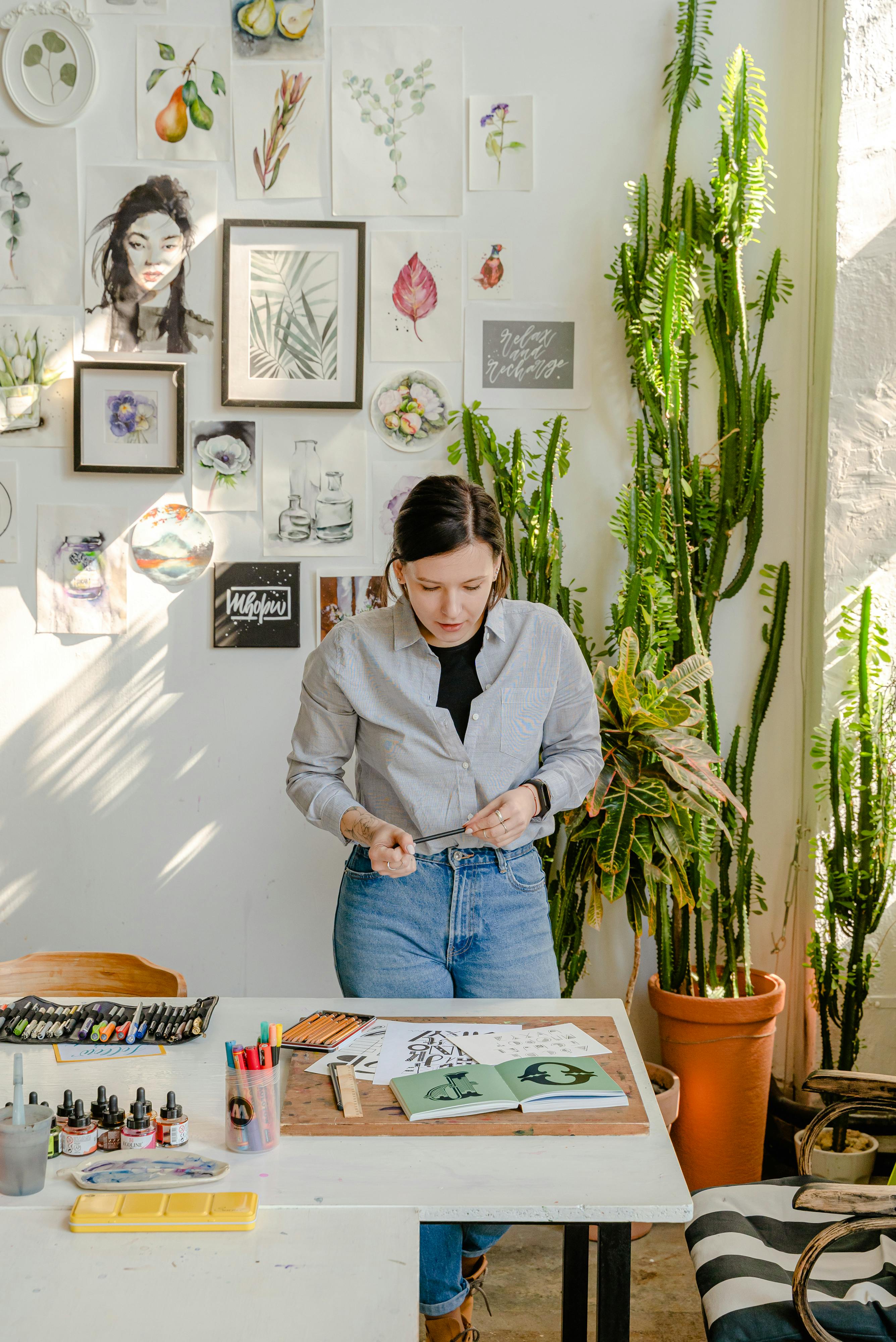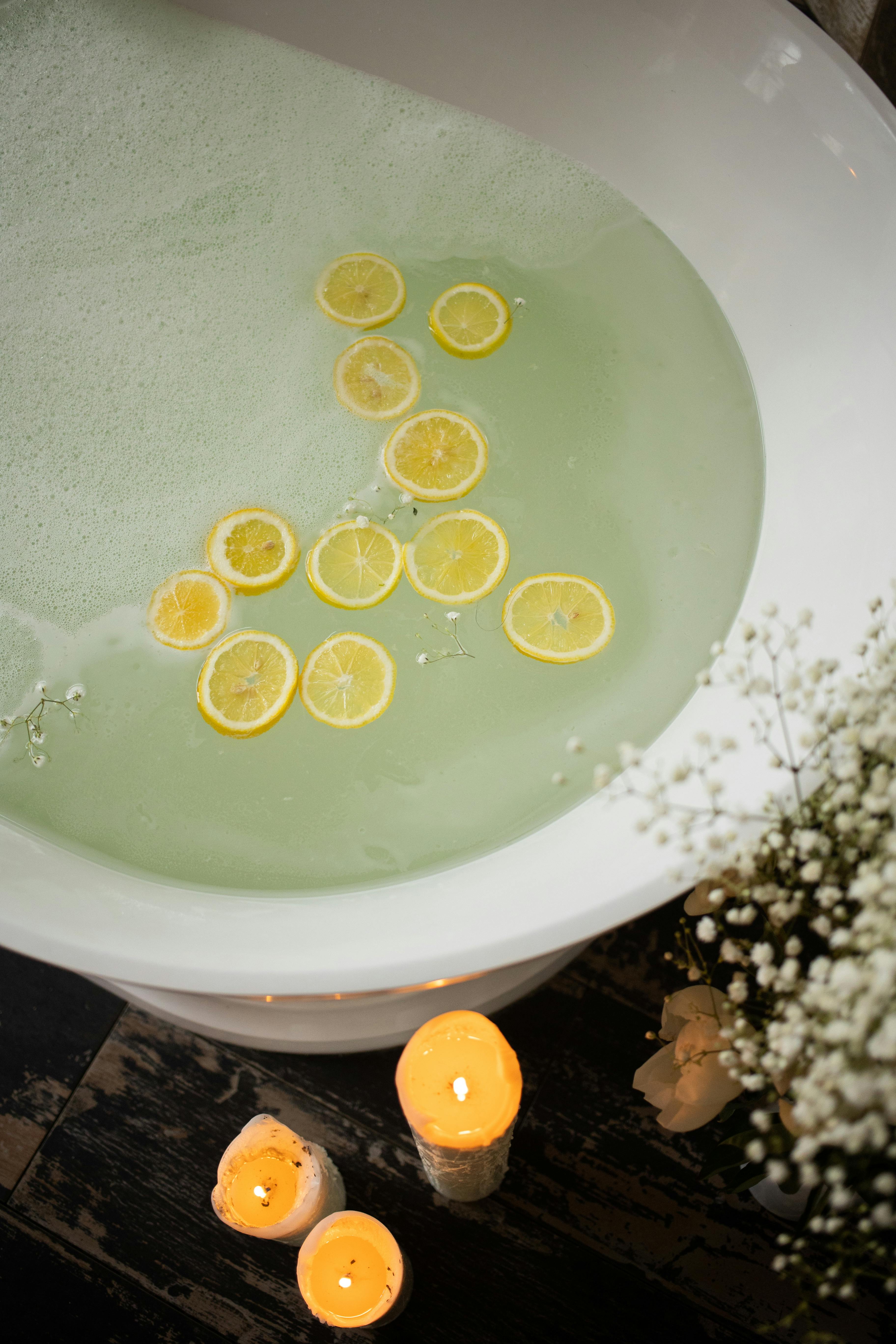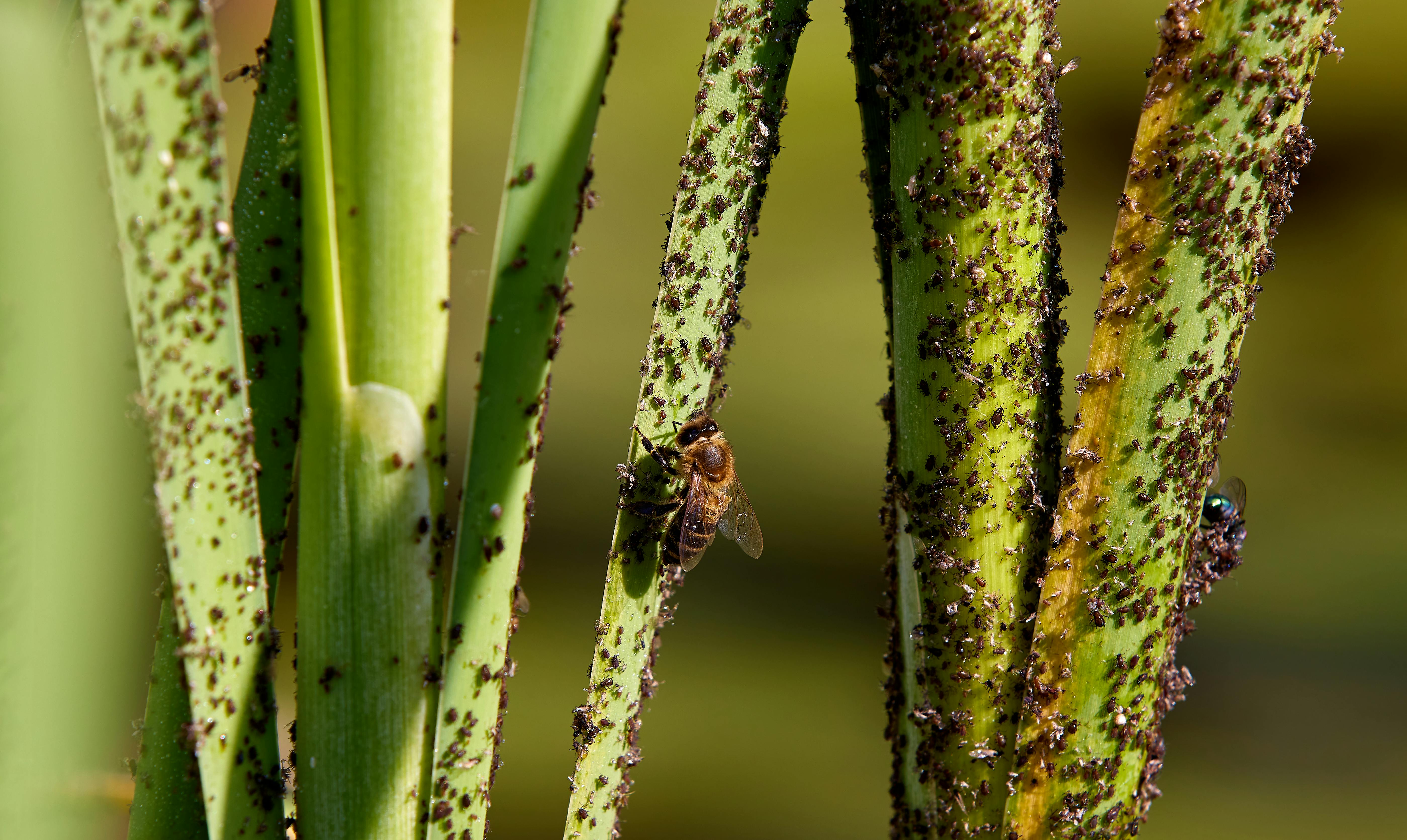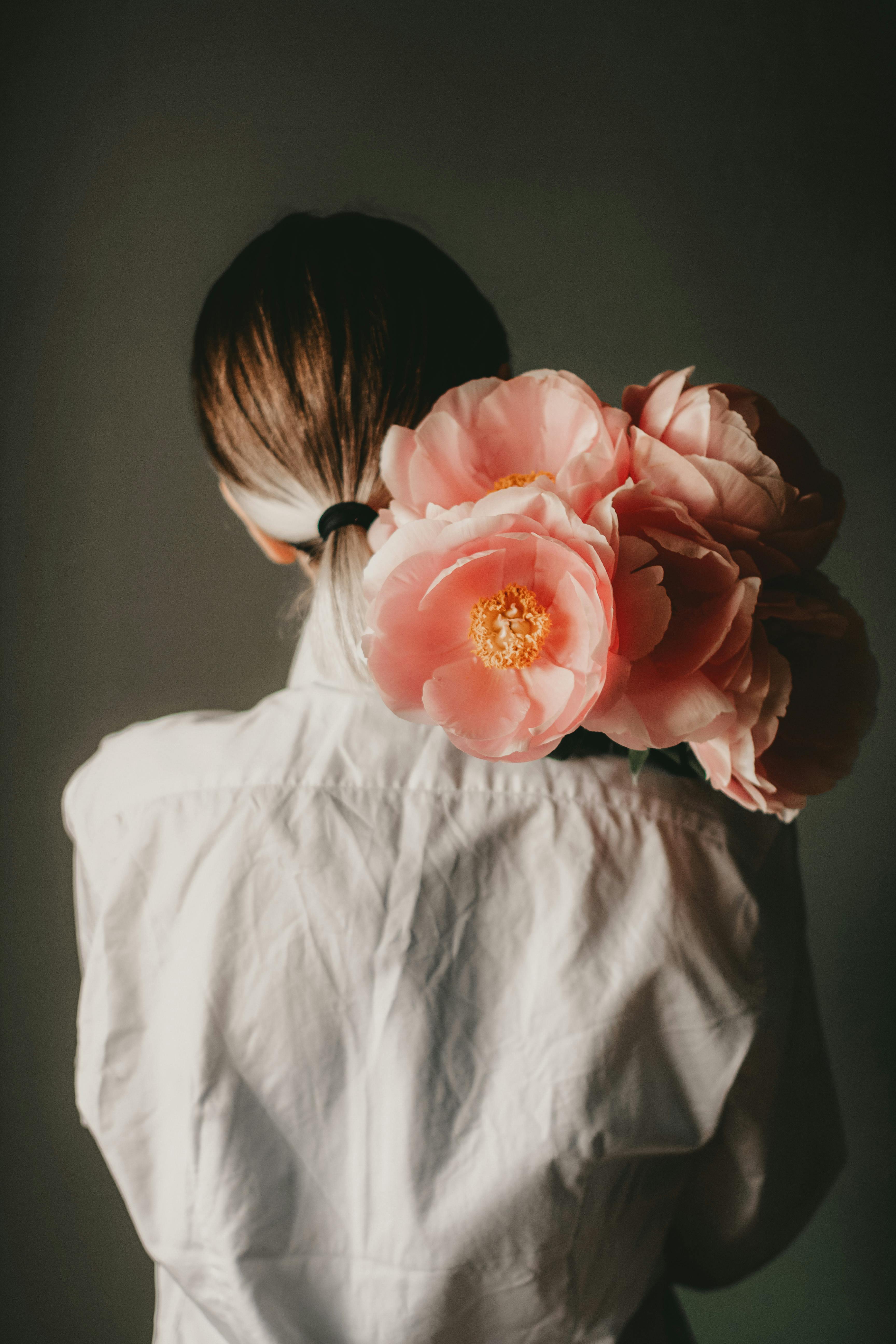The Ultimate Guide to Indoor Plant Care
Meet Plant Daddies of Atlanta **Imagine a world where you're hailed as the ultimate plant parent, where every leafy child in your care thrives and flourishes under your green thumb.** Welcome to [Plant Daddies of Atlanta](http://www.plantdaddiesatl.com), your one-stop-shop for making this dream a reality. Specializing in an assortment of indoor plants, from the lush Hoya Obovata to the quirky Rat Tail Cactus, Plant Daddies of Atlanta is dedicated to turning novices into plant experts. Beyond offering a diverse selection of indoor greenery, they also provide comprehensive plant care guides and even a supportive plant parent community to help you on your indoor gardening journey. ### Importance of Indoor Plant Care The importance of indoor plant care cannot be overstated. Proper plant care is essential for maintaining the health and vitality of your indoor plants. It's not just about keeping your plants alive; it's about helping them to thrive. Indoor plants can purify your air, boost your mood, and even enhance your home's decor, making them a wonderful addition to any space. However, they need the right care and attention to provide these benefits. Each plant has its unique needs regarding light, water, temperature, and nutrition. Understanding these needs and providing the appropriate care can mean the difference between a thriving indoor garden and a wilted, struggling one. But fear not, this guide is here to provide you with the knowledge you need to become the ultimate plant parent. From watering and fertilizing to dealing with common plant problems, we've got you covered. So, let's embark on this green journey together and turn your home into a flourishing indoor garden.  ## Understanding Your Indoor Plants Are all indoor plants created equal? Well, not quite. Each plant species has its unique characteristics and specific care requirements. To become a successful plant parent, it's essential to understand the differences between various indoor plants and their needs. ### Identifying Different Types of Indoor Plants Plant Daddies of Atlanta offers a plethora of plant options, from the curvy [String of Bananas](http://www.plantdaddiesatl.com/collections/new-arrivals/products/string-of-bananas) to the intriguing [Rat Tail Cactus](http://www.plantdaddiesatl.com/collections/new-arrivals/products/rat-tail-cactus). Each plant species has its unique characteristics and growth patterns. For instance, succulents like the String of Bananas or the String of Fish Hooks are drought-resistant and prefer lots of light, making them ideal for sunny windows. On the other hand, foliage plants like the Hoya Obovata thrive in moderate light and require more frequent watering. ### Understanding the Needs of Different Indoor Plants Once you've identified your indoor plants, the next step is to understand their specific needs. All plants need water, light, and nutrients, but the quantity and frequency vary widely from species to species. **Light:** Some plants, like the Rat Tail Cactus, love basking in bright, direct sunlight, while others, like the Nettle Baby Tears, prefer indirect light to avoid scorching their leaves. **Water:** While some plants like the String of Bananas enjoy a good soak but then like to dry out completely, others like the Hoya Obovata prefer consistently moist soil. **Nutrients:** Different plants also have different nutrient requirements. While most houseplants will benefit from a general-purpose houseplant fertilizer, some may require a specific mix of nutrients for optimal growth. The key to successful indoor gardening is understanding these variations and providing each plant with the care it needs. Remember, every plant is unique, and what works for one may not work for another. In the words of Plant Daddies of Atlanta, "Green thumbs can be learned and earned." With a bit of understanding and patience, you'll be well on your way to becoming the best plant parent you can be.  ## Essential Indoor Plant Care Tips Ready to get your hands dirty and your green thumb greener? Whether you're a novice or a seasoned plant parent, these essential indoor plant care tips are designed to help you understand your plant's needs and how to cater to them. ### Watering Your Indoor Plants: How and When **Everything in moderation** - a mantra that holds especially true when it comes to watering your indoor plants. Watering is more than just dumping a glass of water into your plant's pot; it's about understanding your plant's specific needs. Overwatering can be just as harmful as underwatering. So, how do you strike the right balance? It's all about observation and patience. Check the top inch of the soil. If it's dry, your plant is ready for a drink. If it's still damp, you might want to hold off. ### Fertilizing Your Indoor Plants: Why and How Often Just like us, plants need food to grow. But remember, moderation is key. Overfertilizing can burn their roots and stunt their growth. Most houseplants put on a growth spurt in spring and summer, making this the ideal time to fertilize them. During the short days of fall and winter, they usually require less, if any, fertilizer. ### Propagating Your Indoor Plants: When and How Propagating is a cost-effective way to expand your indoor garden. It involves taking a cutting from a parent plant and nurturing it into a new plant. The exact method can vary depending on the type of plant, but it usually involves cutting a stem or leaf and placing it in water or soil to root. ### Repotting Your Indoor Plants: Signs and Steps Is your plant looking a little under the weather, despite regular watering and feeding? It might be time for a pot upgrade. Signs that your plant needs repotting include slowed growth, roots growing through the drainage holes, or the plant becoming top-heavy and tipping over. ### Cleaning Your Indoor Plants: Importance and Methods Keeping your plants clean is not just about aesthetics; it can also help prevent disease and improve photosynthesis. Wipe the leaves gently with a damp cloth to remove dust. For plants with small leaves, a gentle shower will do the trick. ### Pruning Your Indoor Plants: When and How Pruning is an essential part of plant care. It helps to control growth, shape your plant, and remove dead or dying parts. Always use clean, sharp scissors or pruning shears and cut back to a leaf joint. ### Deadheading Your Indoor Plants: Why and How Deadheading, or the process of removing faded or dead flowers, can encourage your plants to produce more blooms and prevent disease. Simply snip off the spent flowers at their base. Congratulations! You're now equipped with the essential knowledge for indoor plant care. Remember, every plant is different and may require adjustments to these basic care tips. You'll soon see that taking care of your indoor garden is a rewarding and enriching hobby. And remember, the [Plant Daddies of Atlanta](http://www.plantdaddiesatl.com) are here for you every step of the way. Happy planting!  ## Dealing with Indoor Plant Problems No matter how attentive you are to your indoor garden, encountering issues is inevitable. However, the key is not to panic! With proper knowledge and a little bit of patience, you can handle any problem that comes your way. Let's cover some common indoor plant problems and how to deal with them. ### Identifying and Controlling Insect Pests Insects can be a major issue for indoor plants. Common pests like aphids, spider mites, and fungus gnats can cause significant damage if not identified and treated early. The first step is to inspect your plants regularly. Look for signs of insects, like discoloration, spots, or tiny webs. If you notice any of these, you might be dealing with a pest infestation. To control the pests, you can wipe the leaves with a mild soap solution, use a natural insecticide, or introduce beneficial insects like ladybugs. It's also important to isolate the infested plant to prevent the pests from spreading to other plants. Remember, early detection and prompt action are key. ### Recognizing and Treating Indoor Plant Diseases Indoor plants can also suffer from various diseases. These can be caused by bacteria, fungi, or viruses. Common signs of disease include leaf spots, discoloration, wilting, or unusual growth patterns. The key to treating these diseases is to correctly identify the issue first. For fungal diseases, reduce watering and ensure the plant has adequate air circulation. Bacterial and viral diseases can be more challenging to treat, and it might be necessary to remove affected parts of the plant or even dispose of the entire plant in severe cases. ### Dealing with Common Indoor Plant Problems and Solutions Aside from pests and diseases, your indoor plants might face other issues. These can range from yellowing leaves to slow growth. Often, these problems are caused by improper watering, inadequate light, or incorrect temperature and humidity levels. For example, yellowing leaves can be a sign of overwatering, while brown leaf tips might indicate low humidity. In such cases, adjusting your care routine can often resolve the issue. However, remember that plants are slow to show improvement, so be patient and give them time to recover. In the journey of indoor plant care, you're bound to run into a few bumps. But don't worry, every plant parent faces these issues. And remember, the [Plant Daddies of Atlanta](http://www.plantdaddiesatl.com) are here to help you navigate through these challenges. Check out our [plant care guides](http://www.plantdaddiesatl.com/pages/plant-care-guides) for more specific advice and solutions. Happy gardening!  ## Advanced Indoor Plant Care The fun doesn't stop after mastering the basics of indoor plant care. In this section, let's up the ante and delve into the nitty-gritty of creating an ideal environment for your indoor plants. Whether you're a seasoned horticulturist or a beginner, these advanced tips will help you better understand your leafy friends and their specific needs. ### Creating the Ideal Environment for Your Indoor Plants **Your home is your plant's universe**, and designing it to be a plant-friendly habitat will make your indoor garden thrive. In creating an ideal environment, consider the light, temperature, humidity, and soil requirements of your plants. ### Understanding Light Requirements for Indoor Plants Plants are like Goldilocks when it comes to light—they want it just right. The term 'right' however, varies. Some plants need high light (six or more hours a day), some require medium light (four to six hours a day), while others thrive in low light (less than three hours a day). Plants can either require bright or direct light, like sunlight from a south-facing window, or indirect or filtered light, such as sunlight through a curtain or light from a bulb. If your plants aren't getting the light they need, they won't necessarily die, but they will stop producing new growth. To ensure your plants get the right amount of light, consider their natural habitats and try to replicate those conditions as much as possible. ### Understanding Temperature and Humidity Requirements for Indoor Plants Just like their light requirements, plants also have specific temperature and humidity needs. Most indoor plants prefer temperatures between 65 and 75 degrees Fahrenheit during the day and a drop of about 10 degrees at night. A sudden cold draft or heat wave can shock a plant, leading to dropped leaves or even death. Humidity is another important factor, especially for tropical plants that are used to a humid environment. Dry indoor air can cause browning leaf tips and wilting. To increase humidity, you can mist your plants, set them on a water-filled tray with pebbles, or use a humidifier. ### Understanding Soil and Potting Mix Requirements for Indoor Plants Lastly, the soil or potting mix you use has a huge impact on your plant's health. A good potting mix should be light and fluffy to allow roots to breathe and absorb water and nutrients effectively. It should also drain well to prevent waterlogging, which can lead to root rot. Different plants have different soil needs. Some, like succulents and cacti, prefer a sandy, well-draining mix. Others, like ferns, favor a rich, moisture-retaining mix. Understanding your plant's natural habitat can guide you in choosing the right potting mix. Remember, every plant is unique, and what works for one might not work for another. The more you understand about your plant's individual needs, the more successful you'll be as a plant parent. Happy planting! And as always, the [Plant Daddies of Atlanta](http://www.plantdaddiesatl.com) are here to help with all your plant care needs.  ## Plant Daddies of Atlanta's Indoor Plant Care Support Walk into the world of indoor plants with a reliable guide. The **Plant Daddies of Atlanta** are your plant parenting partners, here to provide you with all the help and resources you need. ### Overview of Plant Daddies of Atlanta's Plant Care Guides The Plant Daddies of Atlanta believe that anyone can grow a green thumb with the right guidance. The comprehensive [Plant Care Guides](http://www.plantdaddiesatl.com/learn/plant-care-guides) offered on their website cover a wide range of topics, from basic watering tips to advanced propagation techniques. These guides are tailored to help both novice and experienced plant parents to understand the needs of their green companions better. Whether you've recently welcomed a new plant into your home or you're dealing with a finicky fern, the Plant Daddies of Atlanta's Plant Care Guides can provide you with the knowledge you need. Each guide is packed with practical tips, easy-to-follow instructions, and a dash of Plant Daddies' signature humor to make plant care a fun and rewarding journey. ### How Plant Daddies of Atlanta Can Help You Become a Successful Plant Parent At the heart of Plant Daddies of Atlanta's mission is the desire to nurture a community of successful plant parents. They believe that anyone can learn and earn their green thumbs through patience, practice, and the right amount of guidance. The Plant Daddies of Atlanta are committed to supporting you at every stage of your plant parenting journey. They offer a wide range of indoor plants, tools, and plant-themed gifts to meet your gardening needs. Plus, you can always reach out to them via their [FAQ](http://www.plantdaddiesatl.com/learn/faq) page or social media channels for personalized advice. Moreover, Plant Daddies of Atlanta hosts regular [Events](http://www.plantdaddiesatl.com/events) to foster a sense of community among plant lovers. These events provide opportunities for you to learn from experts, share experiences with fellow plant parents, and even add new plant friends to your collection. Whether you're just starting out or you're a seasoned plant parent, the Plant Daddies of Atlanta are here to support you in your plant care journey. With their expert advice, quality plants, and supportive community, you'll be on your way to becoming a successful plant parent in no time! ## Conclusion Indoor gardening can be a rewarding experience, once you understand the art of nurturing your leafy companions. This comprehensive guide has walked you through the essentials of indoor plant care, from understanding your indoor plants, watering, fertilizing, propagating, repotting, cleaning, pruning, and deadheading to dealing with common problems. We've also explored advanced care techniques, including creating the ideal environment, understanding light, temperature, humidity, and soil requirements. ### Recap of Indoor Plant Care Guide In a nutshell, the key to successful indoor plant care lies in "everything in moderation". Too much or too little of anything - water, light, or food - can lead to plant stress. Remember, each plant species has its unique requirements, and understanding these needs is critical to their survival. ### Encouragement for New and Experienced Plant Parents Whether you're a novice plant parent or an experienced green thumb, remember that every plant journey is unique, and it's okay to make mistakes along the way. What's important is to learn from these experiences and continue to grow as a plant parent. And remember, you're not alone in this journey. At [Plant Daddies of Atlanta](http://www.plantdaddiesatl.com), we're committed to helping everyone develop a green thumb. We offer a wide range of plants, tools, and resources to help you succeed. From our plant care guides to our supportive community, we're here every step of the way to ensure you can be the best plant parent. So here's to new beginnings and bountiful indoor gardens. Happy planting!




